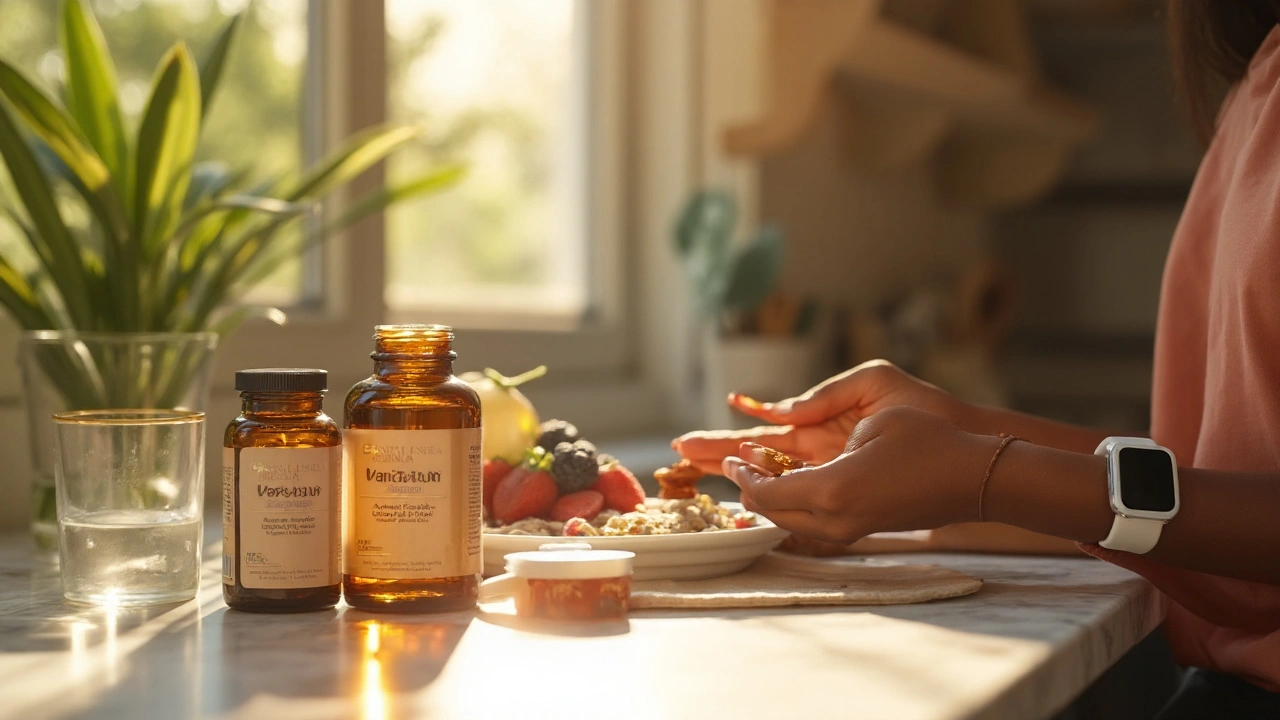Brunfelsia: What It Is, Why It Matters, and How to Care for It
Ever walked by a garden and noticed a shrub that changes flower color from white to deep purple? That’s probably a Brunfelsia, sometimes called the “Yesterday‑Tomorrow” plant because its blooms fade dramatically over a day. It’s more than a pretty face – people use it for traditional medicine, indoor décor, and even aromatherapy.
Quick Facts About Brunfelsia
Brunfelsia belongs to the Solanaceae family, the same family as tomatoes and nightshades. The most common species you’ll see is Brunfelsia americana or Brunfelsia pauciflora. It’s native to tropical regions of the Americas, but you’ll find it in many homes worldwide because it tolerates indoor light and modest watering.
Key points:
- Size: Grows 3‑8 ft tall, depending on variety.
- Flowers: Small, tubular, start white, turn pink, then purple.
- Leaves: Dark green, glossy, often with a faint sweet scent.
- Hardiness: Zone 9‑11 outdoors; keep indoors in cooler climates.
Health Benefits and Traditional Uses
People in South America have used Brunfelsia roots and bark for centuries. The plant contains alkaloids that can act as mild sedatives, which is why some folk healers brew a tea to calm nerves or help with insomnia. It’s also been applied topically for skin irritation, though you should always test a small area first.
Modern research is still catching up, but early studies suggest the alkaloids may have anti‑inflammatory properties. If you’re considering Brunfelsia for health reasons, talk to a healthcare professional – the plant can be toxic if taken in large doses.
How to Grow Brunfelsia at Home
Growing Brunfelsia is pretty straightforward if you follow a few basics:
- Light: Bright, indirect sunlight is ideal. Direct afternoon sun can scorch the leaves, while too little light slows flower production.
- Soil: Use a well‑draining potting mix. A blend of peat, perlite, and a bit of sand works well.
- Water: Keep the soil evenly moist, but never soggy. Let the top inch dry out before the next watering.
- Humidity: This plant loves humidity. Mist the leaves a couple of times a week or place the pot on a tray of pebbles and water.
- Fertilizer: Feed with a balanced liquid fertilizer every 4‑6 weeks during the growing season (spring‑fall).
Pruning is optional but helps keep the shrub tidy. Trim back leggy stems after flowering to encourage new growth and more blooms.
Common Problems and Easy Fixes
If leaves start yellowing, you’re probably over‑watering or the pot lacks drainage. Conversely, brown leaf tips signal low humidity or too much direct sun. Watch for pests like spider mites or whiteflies – a quick spray of soapy water usually does the trick.
Because Brunfelsia is part of the nightshade family, it’s sensitive to certain chemicals. Avoid using strong herbicides around it, and keep pets away from the leaves and roots as they can be toxic.
With a little attention, Brunfelsia will reward you with a cascade of color‑changing flowers and a subtle fragrance that fills the room. Whether you’re a seasoned gardener or just looking for a low‑maintenance indoor plant, Brunfelsia is worth a spot in your collection.
Manaca Supplement: Benefits, Risks, and How to Use It Safely in 2025
Aug, 27 2025
What is Manaca, what are the real benefits, side effects, and how to use it safely in 2025? Evidence-backed guide with practical steps, buyer tips, and FAQs.
Read Article→
